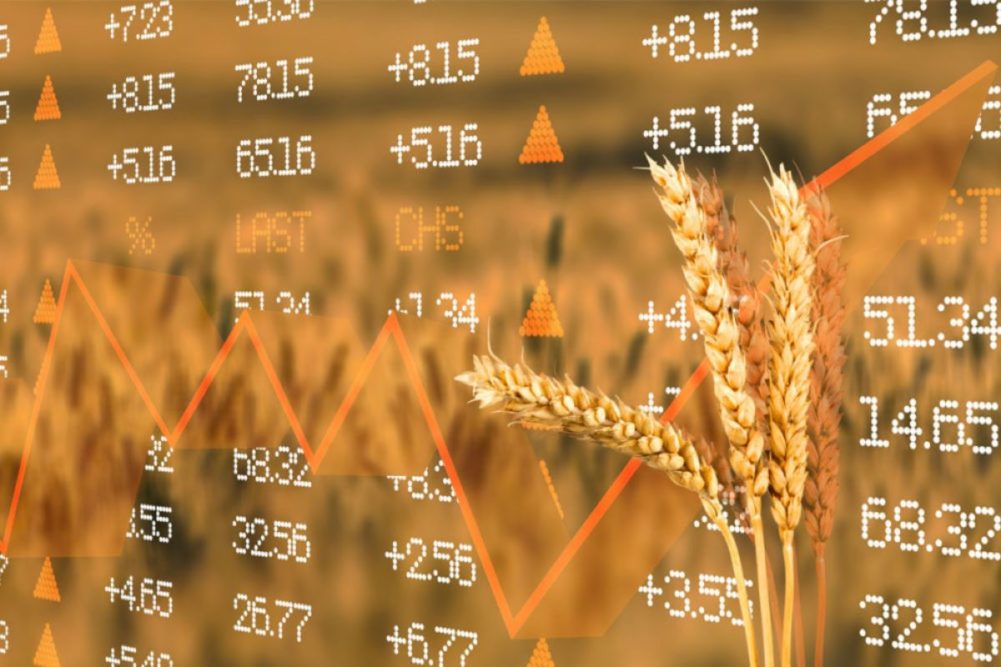ROME, ITALY — Rising international quotations for vegetable oils, dairy products and meat pushed the benchmark index for world food commodity prices up by 1.1% in March, its first increase in seven months, the Food and Agriculture Organization (FAO) of the United Nations reported on April 5.
The FAO Food Price Index, which tracks monthly changes in the international prices of a set of globally-traded food commodities, rose to 118.3 points in March, but is still 7.7% lower than its corresponding value one year ago.
The FAO Cereal Price Index declined by 2.6%, averaging 20% below its March 2023 value. The drop was led by decreasing global wheat export prices, which declined due to ongoing strong export competition — underscored by canceled purchases by China — among the European Union, Russia and the United States, the FAO said. Corn export prices edged upwards in March, partly due to logistical difficulties in Ukraine, while the FAO All Rice Price Index dipped by 1.7% amid subdued global import demand.
In a separate report, the FAO raised its forecast for world cereal production in 2023-24 to 2.841 billion tonnes, a 1.1% increase from the previous year, reflecting expectations of increased corn, rice and wheat outputs.
In its latest Cereal Supply and Demand Brief, the FAO adjusted its forecast for global wheat production to 796 million tonnes, marking a 1% increase from 2022-23. For coarse grain crops, sowing will begin soon in the Northern Hemisphere, while harvests already have begun south of the equator. While Argentina’s production is expected to rebound after the drought-impacted outturn of 2023, smaller outputs are expected in Brazil and across Southern Africa.
“This new revision rests on an upward adjustment to global (corn) production, reflecting the latest official estimates from the European Union, and to global wheat production, following recently released official data pointing to slightly larger harvests in Argentina and Australia,” the FAO said. “Likewise, following small upward revisions to production prospects for a few countries, the FAO’s forecast for global rice production in 2023-24 now stands at 526.4 million tonnes (milled basis). This level represents a 0.5% annual production increase and matches the 2021-22 record harvest, reflecting prospects of an overall abundant crop in Asia as well as output expansions in Africa and the United States.”
The FAO said global cereal utilization in 2023-24 is pegged at 2.828 billion tonnes, a 1.3% increase from the 2022-23 level. World cereal stocks are forecast to end the 2024 season at 894 million tonnes, a 2.3% increase from the outset of this year, pointing to a worldwide cereal stocks-to-use ratio of 31%.
World trade in cereals is forecast to rise 1.7% from last year to 485 million tonnes. International trade in coarse grains is expected to expand from 2022-23, while wheat and rice trade will likely contract, the FAO said.



